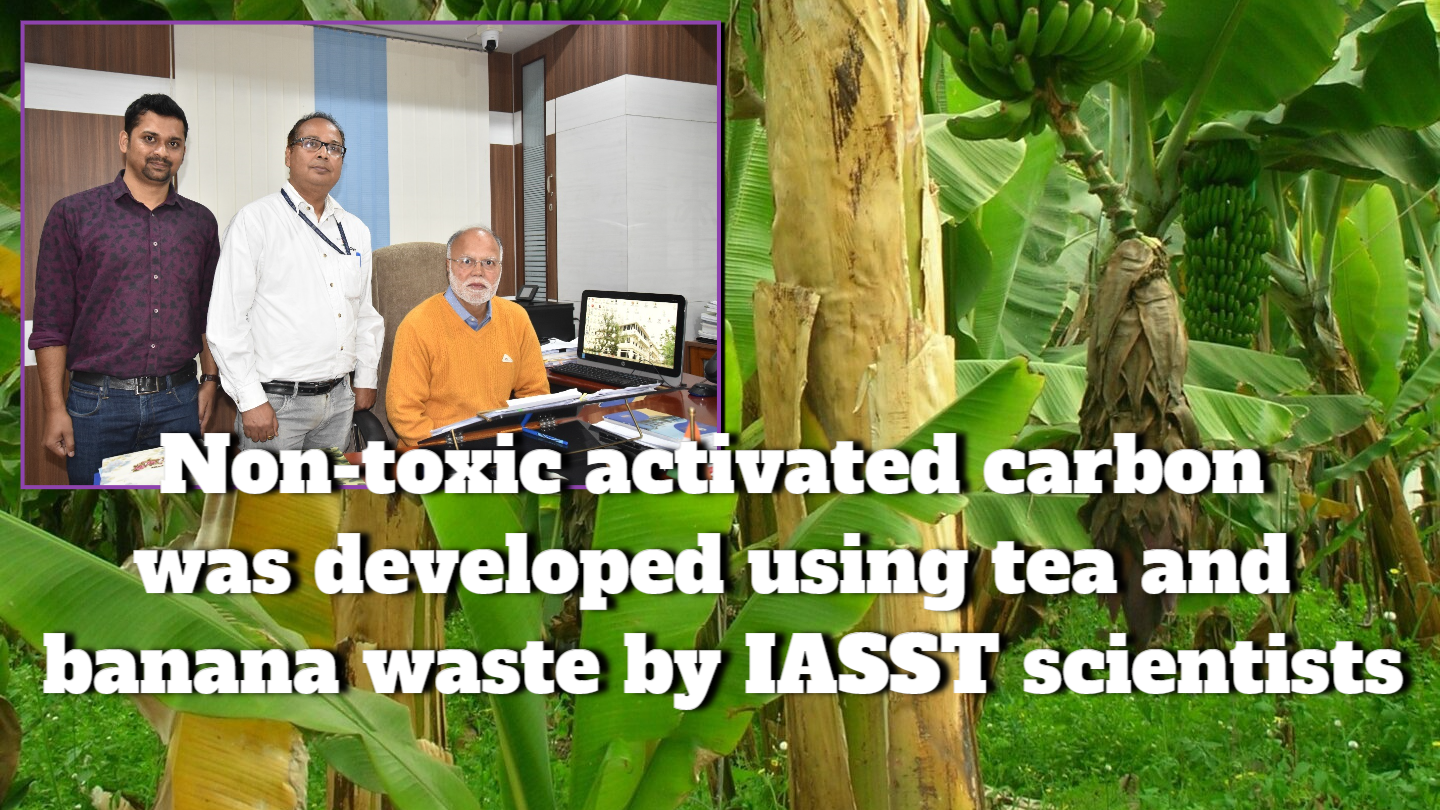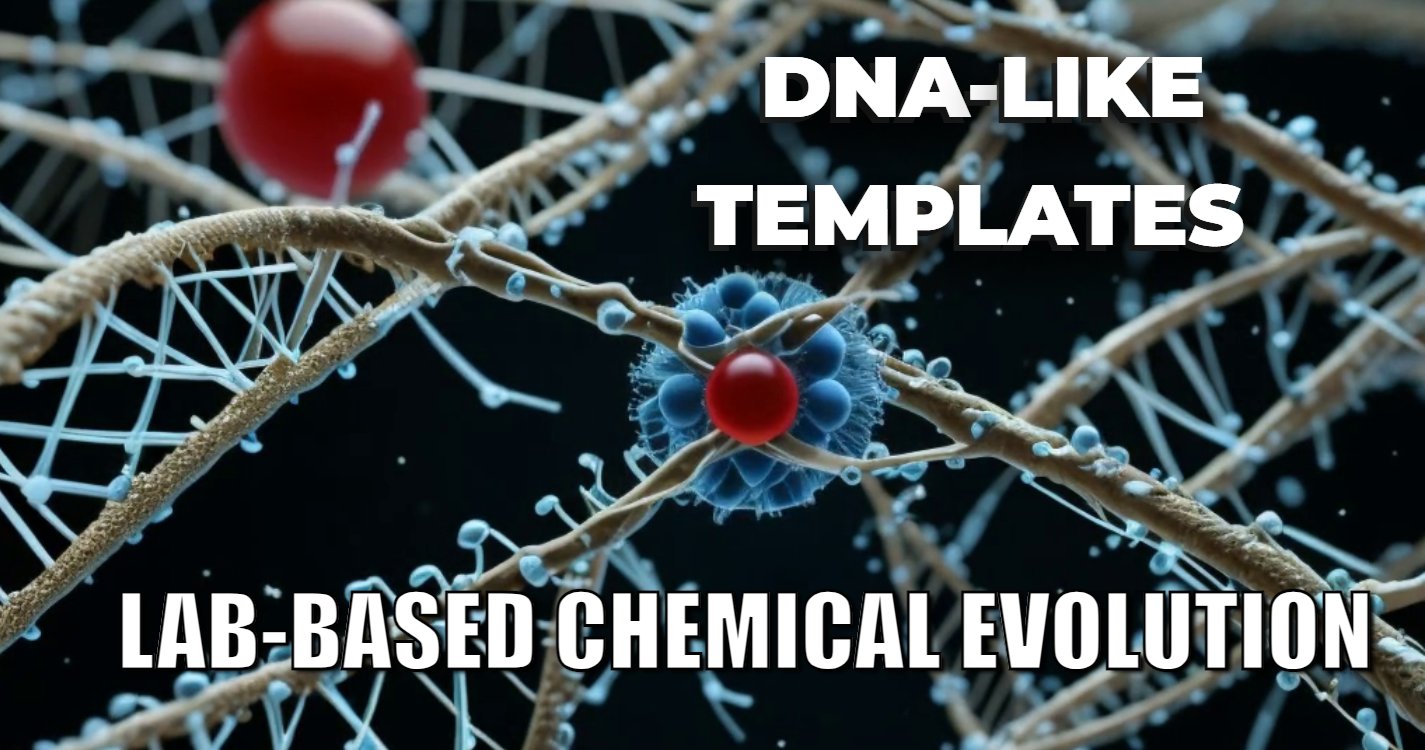Scientists have created non-toxic activated carbon using tea and banana trash. Because no harmful agents are used to synthesize activated carbon, the final product is both safe and affordable. This newly designed technique already holds a patent in India. Khar is made from the ashes of dried banana peels and is an alkaline extract. Bheem Kol, an Assamese name for this type of banana, is the most commonly used variety for this purpose. The team from IASST synthesized active carbon using tea as a precursor.
Key Highlight:
- Scientists have created non-toxic activated carbon using tea and banana trash.
- Because no harmful agents are used to synthesize activated carbon, the final product is both safe and affordable.
- Khar is made from the ashes of dried banana peels and is an alkaline extract.
- This carbon can be utilized in various applications, including industrial pollution management, water purification, food and beverage processing, and odor removal.
- The newly designed technique already holds a patent in India.
- The activation agent was an extract from this plant that was employed in the research.
- It is the first time plant materials have been used as an activating agent.
Scientists have created non-toxic activated carbon from tea and banana waste. This carbon can be utilized in various applications, including industrial pollution management, water purification, food and beverage processing, and odor removal. Since no harmful agents are used in the novel method, activated carbon produced is cost-effective and non-toxic.
Lots of waste is generated throughout the tea processing process. This waste is usually tea dust. A useful product could be created from this waste. Activated carbon may be made from tea because of its unique structure. For most applications, the product is hazardous and can’t be converted to activated carbon because it requires strong acids and bases. To get around this obstacle, a non-toxic conversion process was required.
It was discovered that banana plant extract could be used as an alternative activating agent for the production of activated carbon from tea wastes by Dr. N. C. Talukdar, Former Director, Institute of Advanced Study in Science & Technology (IASST), Guwahati – an independent institute under Department for Science & Technology (DST), Govt of India).
In the extract of the banana plant, oxidized potassium molecules assist activate the tea waste-derived carbon. This is the subject of a new Indian patent application.
To make the banana plant extract, traditional methods were used. The resulting product, known as Khar, is an alkaline extract made from the ashes of burned dried banana peels. To make this banana, use ‘Bheem Kol’, an Assamese word that means “seedless.” Assam and areas of North East India are home to the Bheem Kol banana species. Banana peel is dried and burned to generate ash before it is used to manufacture khar, a traditional Indian spice blend. After that, the ash is crushed to a fine powder and stored for future use. A clean cotton cloth filters water through ash powder, resulting in a final solution we refer to as khar (saffron water). “Kol Khar” or “Kola Khar” is the name given to the natural khar obtained from bananas. The activation agent was an extract from this plant that was employed in the research.
Because of its conjugated and polyphenolic linkage, tea is an excellent precursor for the creation of active carbon.” In comparison to other carbon precursors, this improves the quality of activated carbon significantly.”
Starting ingredients and activation agents are both waste items, which makes this process extremely advantageous. By utilizing the newly established approach, the usage of potentially harmful catalysts (such as hazardous acids and bases) to synthesize active carbon is completely eliminated. As a result, this procedure is environmentally friendly because it is the first time plant materials have been used as an activating agent. It is now possible to manufacture a product that is both cost-effective and non-toxic by synthesizing active carbon using a brand-new technique.
.@dir_iasst #scientists use tea & banana waste to prepare non-toxic activated carbon, which is useful for several purposes like industrial pollution control, water purification, food & beverage processing & odour removal.@DrJitendraSingh @RenuSwarup
— DSTIndia (@IndiaDST) October 14, 2021
➡️https://t.co/MLWU3qyyuo pic.twitter.com/cGXyb2Aeoj
The team explains the reason for the use of tea as a precursor for the synthesis of active carbon is that in tea structure, carbon atoms are conjugated & having polyphenols bond. This makes the quality of activated carbon better compared to other carbon precursors. @dir_iasst pic.twitter.com/dVrp75CnMf
— DSTIndia (@IndiaDST) October 14, 2021




